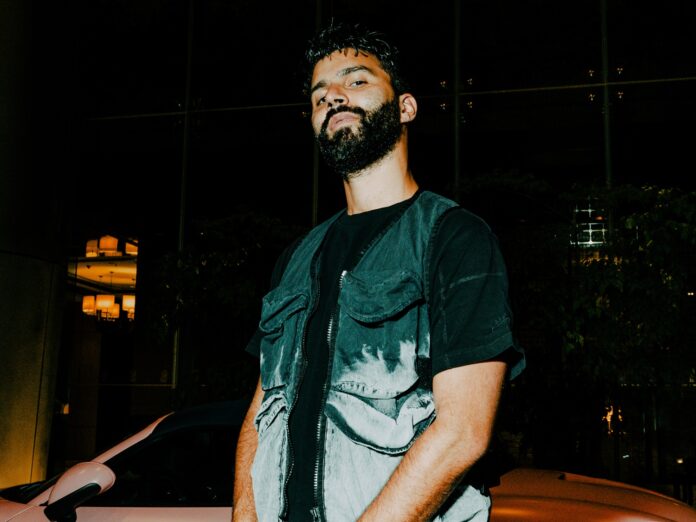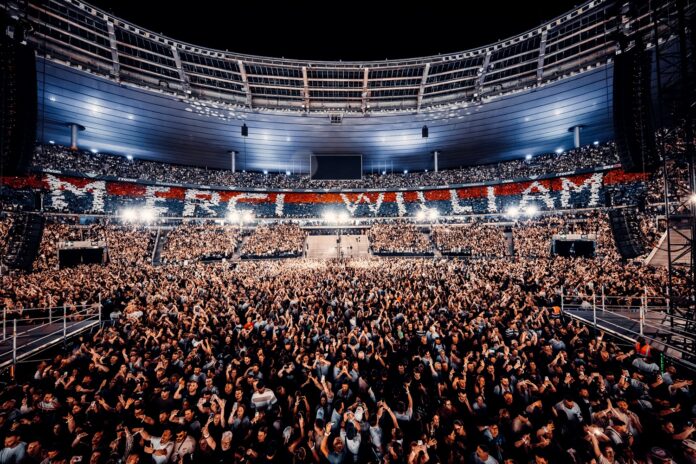Over its long run, the One Piece franchise has had 14 feature films. The sixth film in the series, Baron Omatsuri and the Secret Island, is both the darkest and one of the best. It takes One Piece in an entirely new direction while also retaining everything fans love about the franchise.
The film follows Luffy's crew as they head to Omatsuri Island resort after receiving a message. The island is said to contain casinos, rides, bars, and beautiful girls, and when the crew arrives at the island, they find that the message wasn't lying. They also meet Baron Omatsuri, the island's owner. Weirdly the Baron has an odd flower growing out of his shoulder, while all of his entourage has a similar flower growing out of their heads. The Baron suggests that the crew takes part in the island's special challenge, called the Trial of Hell. Luffy and his crew, keen to show their strength, agree to take part.
However, throughout the trials, cracks start to form in the crew's relationship. The Baron and his men are more than happy to push and exploit this, turning everyone against each other. Baron Omatsuri is not what he seems, and the flowers are not some innocent quirk. In fact, Omatsuri Island is actually a pirate island and the plant is called the Lily Carnation, with a reincarnation power that has allowed the Baron to create copies of his long-dead crew. Alas, the horrific plant needs to feed to keep these empty copies alive. And the Baron, unable to process the loss of his men, refuses to let the fakes die and will do anything to keep them alive.
Baron Omatsuri and the Secret Island is a lot darker than any other movie in the One Piece series, verging on full-on body horror in the final act. Part of the reason for this is that Mamoru Hosoda directed the film. Hosoda is a legendary director, best known in the west for his work on Digimon: The Movie. In Japan, his work on Digimon Adventure and Digimon Adventure: Our War Game! got him into the public eye. In 2001, it was announced that Hosoda would direct Howl's Moving Castle. However, creative differences meant he left the project in 2002.
Doing a One Piece movie was considered a strange move at the time. But since Baron Omatsuri and the Secret Island's release in 2005, Hosoda has gone on to make a name for himself with movies like Wolf Children, Mirai, and The Girl Who Leapt Through Time. Interestingly, the themes of grief, memory and the nature of personhood that permeate these later works are also a major part of Baron Omatsuri and the Secret Island's plot.
Baron Omatsuri and the Secret Island also had a very unique look. The movie features a different animation style and shading compared to normal One Piece material. It is often compared to Hosoda's work on Digimon Adventure: Our War Game! While this style is divisive in the fandom, it works perfectly for this film. The style helps make the horror-based scenes look even more terrifying and allows the film to convey a darker and more dangerous atmosphere.
The movie is a must-see, even for those unfamiliar with One Piece. It offers a fascinating and genuinely creepy horror story while also presenting a new look at the characters fans have come to know and love. They gradually give in to their worst fears and traits as they slowly succumb to paranoia and suspicion. However, none of their actions feel out of character. They feel like a natural extension of their usual selves. Viewers can empathize with them and fully understand how exploitation and abusive manipulation can make us all show our worst traits, even if we try to have the best intentions. Even the Baron, despite his evil, can be empathized with and understood.
At the time of release, some may have been upset that Baron Omatsuri and the Secret Island broke the mold that fans had come to expect from One Piece. The benefit of hindsight lets us appreciate Mamoru Hosoda's talents and see how daring and groundbreaking the movie is. While the idea of One Piece horror sounds strange on paper, it totally works on the screen.
About The Author

